



Hygrocybe pellucida, a rare waxcup fungus, has been found for the first time in Telangana's Kawal Tiger Reserve, extending its known range from Kerala. This discovery signifies the existence of undisturbed habitats and emphasizes the importance of preserving India's fungal biodiversity.
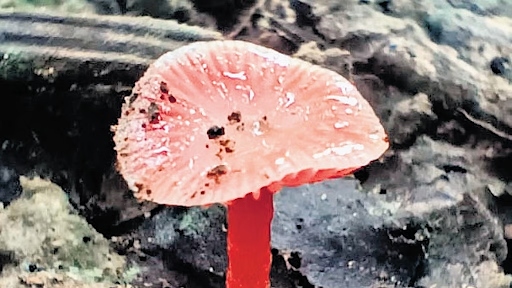
Copyright infringement not intended
Picture Courtesy: NEWINDIANEXPRESS
The rare fungal species Hygrocybe pellucida has been observed for the first time within Telangana's Kawal Tiger Reserve.
What is it?
Hygrocybe pellucida is a species of fungi belonging to the genus Hygrocybe, which are popularly known as "wax caps".
Key Characteristics
This group of fungi is known for its distinctive appearance: They have bright, waxy, and often vividly colored fruiting bodies (the visible part of the mushroom).
Habitat
They grow in unimproved, nutrient-poor habitats such as grasslands and mossy forest floors.
Their presence is considered an indicator of a healthy, undisturbed ecosystem.
Recent Discovery
It was first identified as a new species from the Hygrophoraceae family in Kerala in 2024. The sighting in Telangana expands its known geographical range.
Location:
Establishment: The Kawal Wildlife Sanctuary was declared a Tiger Reserve by the Government of India in 2012.
River Systems: The reserve is an important catchment area for the Godavari and Kadam rivers, which flow through the region.
Flora and Fauna:
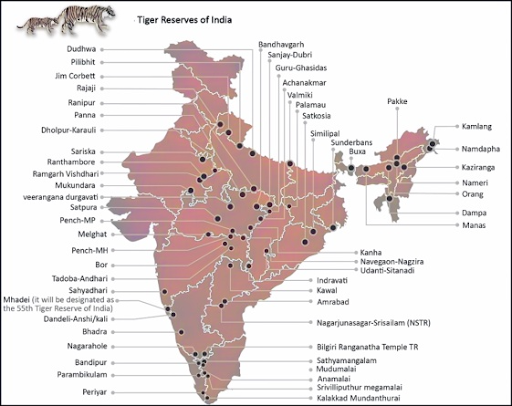
Source: NEWINDIANEXPRESS
|
PRACTICE QUESTION Q. Consider the following statements regarding Hygrocybe pellucida:
Which of the statements given above is/are correct? A) 2 only B) 1 and 3 only C) 2 and 3 only D) 1, 2 and 3 Answer: A Explanation: Statement 1 is incorrect. Hygrocybe pellucida is a newly discovered mushroom, but it is not described as bioluminescent, and it was found in the Kawal Tiger Reserve in Telangana, not the Andaman Islands. Statement 2 is correct. The species name is derived from the Latin word for "transparent" or "pellucid," which accurately describes its key characteristic. Statement 3 is incorrect. The mushroom was found growing on dead tree branches, indicating it is saprophytic (a decomposer), not parasitic on living trees. |
It is a new species of translucent, jelly-like mushroom discovered for the first time in the Kawal Tiger Reserve, Telangana.
Fungi are a diverse group of eukaryotic organisms that include yeasts, molds, and mushrooms. They are distinct from plants and animals, possessing their own kingdom. Fungi are non-motile, non-vascular, and heterotrophic, meaning they cannot produce their own food.
Fungi are essential decomposers, recycling nutrients from dead plants and animals and returning them to the soil. Without them, dead organic matter would pile up, and ecosystems would eventually collapse. This process releases vital nutrients like carbon and nitrogen for other organisms to use.

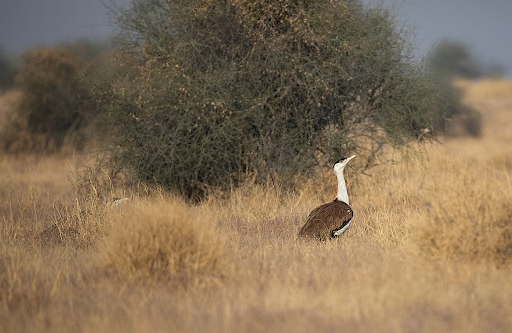
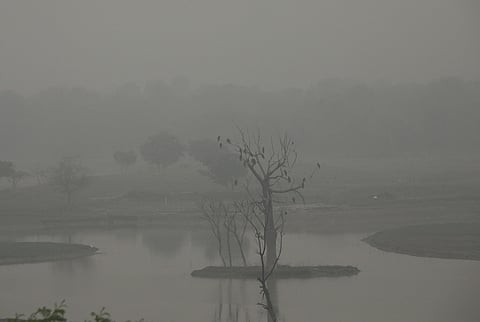


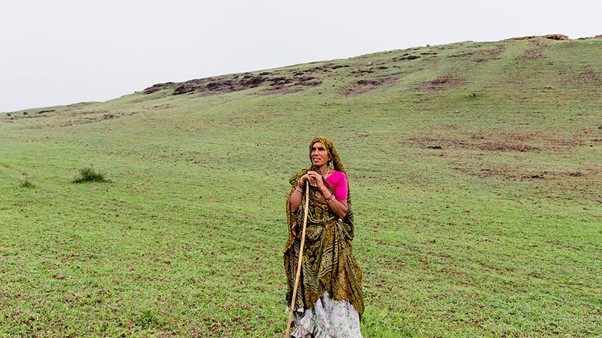

© 2025 iasgyan. All right reserved